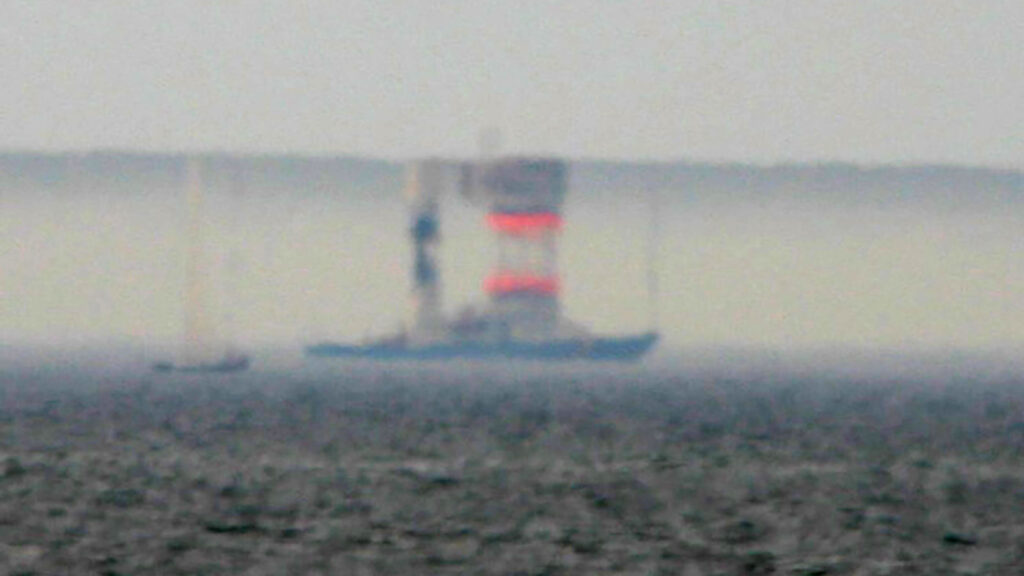The “floating islands of demigods and heroes”, and the phenomenon of the “Atlas” rising from the sea and holding up the sky, as described in Plato’s account of Atlantis, attracted my attention. I recognised these phenomena as part of religious beliefs oriented towards mirages, which I suspected were part of the ancient civilisation of Megalith Europe. Egypt had traded extensively with this land until the Megalithic Empire was defeated and destroyed by migrating Indo-European peoples 4200 years ago.
A recalculation of the exaggeratedly long assumed reigns of the pharaohs in Atlantis history, based on dated archaeological finds, confirmed the time window. For the Egyptians, Western Europe was an island or a group of islands that could only be reached by sea. I maintain that the correspondence between the archaeological finds from the megalithic civilisation and the Atlantis handed down by Plato is astonishing (Book Die gläsernen Türme von Atlantis: Erinnerungen an Megalith-Europa).
According to him, for example, Atlantis is as large as Europe and (Asia Minor) together, in the south lies the land of Cadiz (Spain), the islands in the Atlantic belong to it and it extends to Thyrrenia (Italy). The fall of Atlantis, however, was not physical, but its civilisation was destroyed. The sinking that has been handed down had a spiritual reason. Since the gods were also born on Atlantis for the Egyptians, only the gods themselves could have destroyed it through a natural event.
The mirage of a ship in the Baltic Sea illustrates the illusion that a distant object on the sea can create. A rocky island can be deformed in a similar way and in ancient times was equated with Atlas, which rose from the sea and carried the sky.


 Deutsch
Deutsch Italiano
Italiano